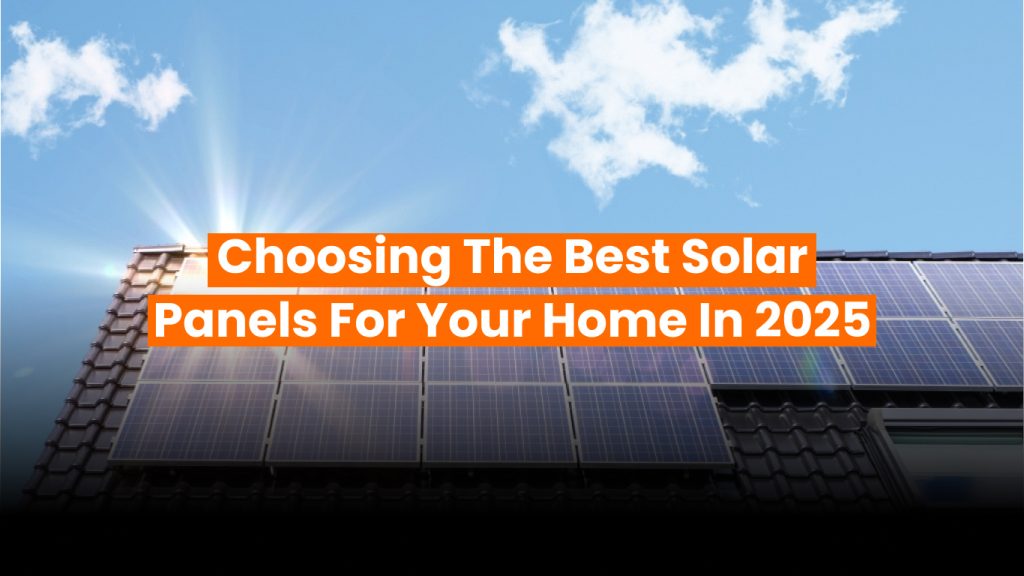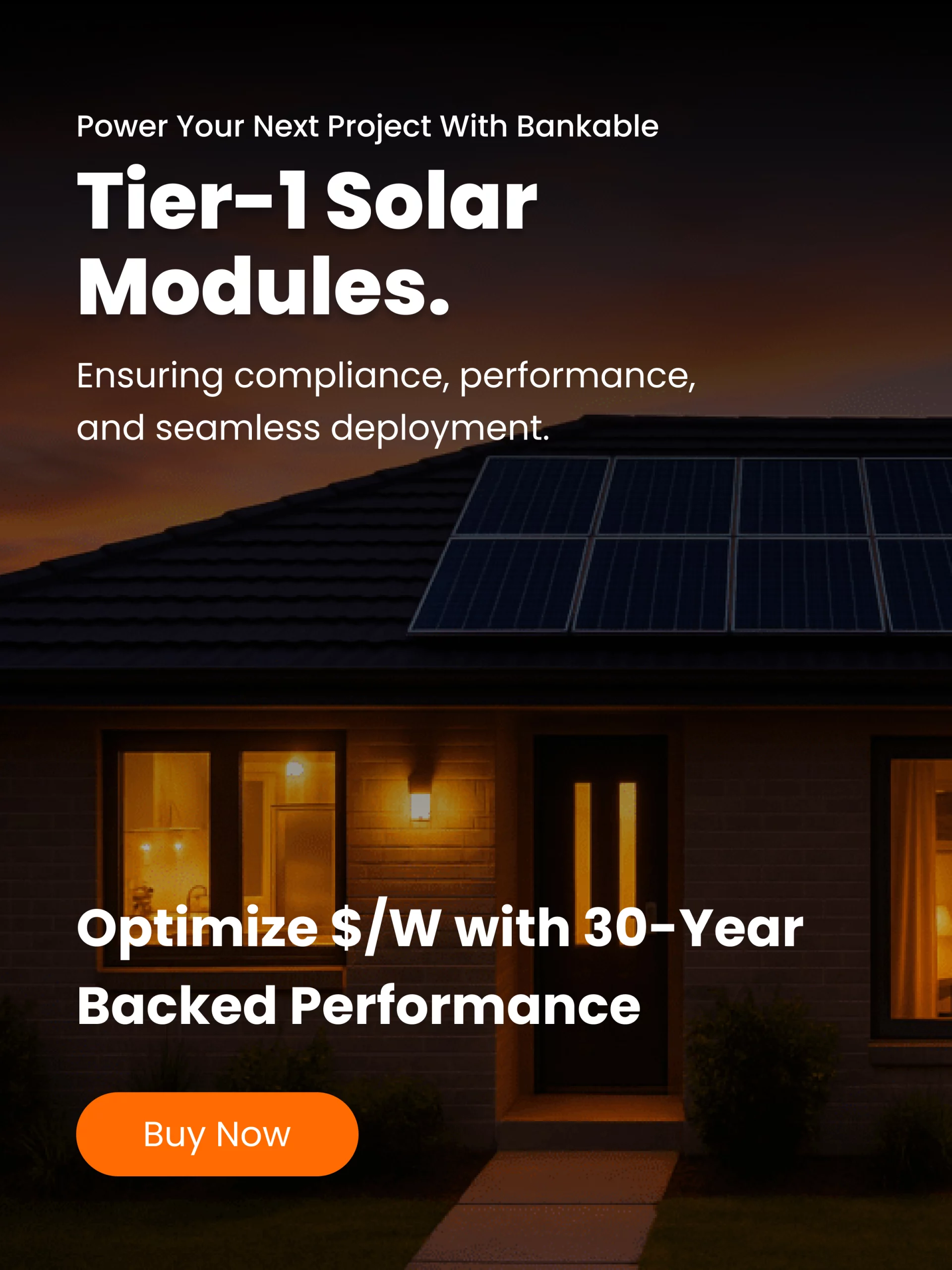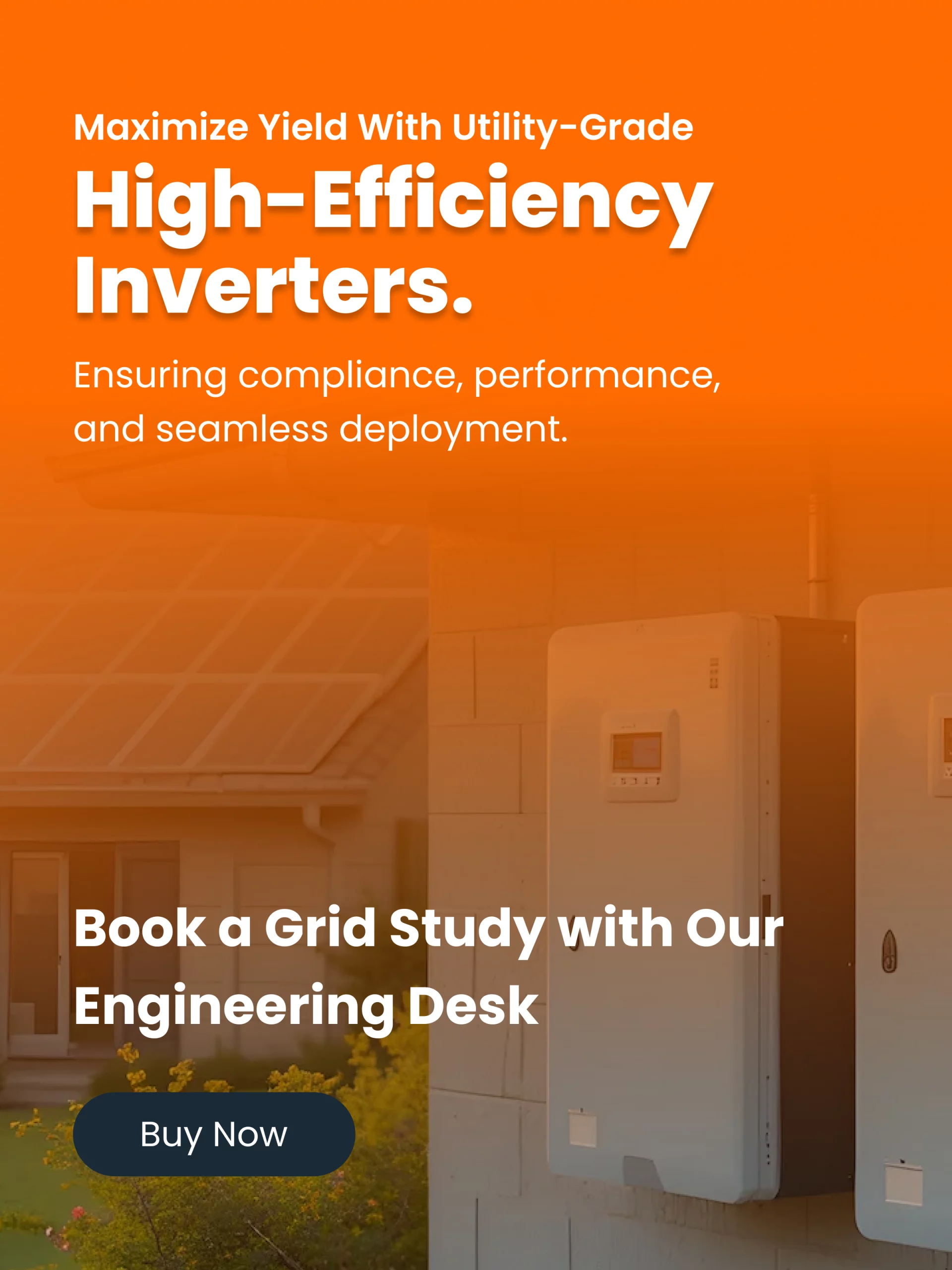As solar energy becomes increasingly popular among homeowners, choosing the right solar panels is more important than ever. Not all solar panels are created equal, and understanding their differences can help you make an informed decision that maximizes your investment, efficiency, and long-term savings. This guide will walk you through the essential factors to consider when selecting the best solar panels for your home.
Why solar panel quality matters
Investing in solar panels is a significant decision, often involving thousands of dollars. The quality and performance of your panels directly influence how much energy you generate, how long they last, and the return on your investment. Higher-quality panels tend to be more efficient, durable, and better suited to withstand environmental conditions, leading to better performance over their lifespan.
Key types of solar panels
There are primarily three types of solar panels available on the market today:
- Monocrystalline Solar Panels (Mono-SI): These are made from single-crystal silicon and are known for their high efficiency and sleek appearance. They typically offer efficiencies between 18-22%, making them ideal for limited space where maximizing power output is crucial.
- Polycrystalline Solar Panels (Poly-SI): Made from multiple silicon fragments melted together, these panels are generally less efficient (around 15-17%) but are more affordable. They are suitable for larger roofs with ample space.
- Thin-Film Solar Panels: These are made by depositing one or more layers of photovoltaic material onto a substrate. They are less efficient (around 10-13%) but are lightweight and flexible. They tend to perform better in low-light conditions and have a lower cost but often require more space.
Factors to consider when choosing solar panels
1. Efficiency:
The efficiency of a panel determines how much sunlight it can convert into usable electricity. Higher efficiency panels produce more power from a given area, which is particularly beneficial if your roof space is limited. Monocrystalline panels typically lead the market in efficiency, making them suitable for installations where space is a premium.
2. Durability and Warranty:
Solar panels are an investment that should last 25 years or more. Look for panels with strong durability ratings, such as those with tempered glass and robust frames. Manufacturers often offer warranties of 25 years or longer, covering performance and defects. A longer warranty indicates confidence in the product’s longevity.
3. Price and Budget:
While it might be tempting to opt for the cheapest panels, quality should be prioritized to ensure maximum performance and durability. Monocrystalline panels tend to be more expensive but can offer better long-term value through higher efficiency. Balance your budget with the expected energy production to optimize your investment.
4. Aesthetics:
Beyond performance, the appearance of your solar array matters to many homeowners. Monocrystalline panels usually have a sleek, uniform black look that blends well with roofing materials. Polycrystalline panels have a bluish hue and a more textured look. Consider your aesthetic preferences when choosing your panels.
5. Local Climate and Environmental Conditions:
Different panels perform variably under different weather conditions. Monocrystalline panels often perform better in high-temperature environments, whereas thin-film panels may excel in diffuse light conditions. Also, check the temperature coefficients—as panels lose efficiency at higher temperatures—when assessing options for hot climates.
Top solar panel brands in 2025
Some brands have established themselves as leaders in the solar industry due to their reliability, efficiency, and innovation:
- SunPower: Known for cutting-edge monocrystalline panels with some of the highest efficiencies in the market (up to 22%). SunPower offers impressive warranties and durability.
- LG Solar: LG panels are renowned for their high efficiency, sleek design, and strong warranties. Although LG exited the solar panel manufacturing market in 2022, existing LG panels remain popular for their performance.
- Canadian Solar: Offering a range of high-quality panels that strike a balance between affordability and efficiency, Canadian Solar is a trusted name globally.
- Q CELLS: Known for their Q.ANTUM Technology, Q CELLS panels deliver high performance, reliability, and innovation with competitive pricing.
- Tesla Solar: Tesla produces integrated solar solutions and panels with a focus on aesthetic design and innovative technology like their Solar Roof.
Balancing cost and performance
While high-efficiency panels are tempting, they typically come at a higher upfront cost. Homeowners should evaluate their specific needs:
- Limited Roof Space: Opt for the most efficient panels (e.g., SunPower) to maximize energy production.
- Ample Space: Polycrystalline or less efficient panels may provide a more economical solution, covering your energy needs without overspending.
- Budget-Conscious Projects: Consider brands that offer solid performance at a lower
Final tips for selecting the right solar panels
1. Evaluate Your Energy Goals:
Determine what you want to achieve with your solar system. Are you aiming for maximum energy savings, reducing your carbon footprint, or simply offsetting your electricity bill? Your goals will influence your choice of panel efficiency, size, and cost.
2. Consult a Professional Installer:
While researching options online is helpful, consulting a reputable solar installer can provide personalized recommendations based on your roof’s layout, shading issues, and local climate. They can also advise on the best panel brands and configurations suited to your specific needs.
3. Consider Total System Costs:
Remember, the cost of panels is just one part of your overall investment. Factor in installation costs, permits, potential upgrades, and maintenance over the system’s lifetime. Sometimes paying a little more upfront yields higher savings and reliability later.
4. Check for Warranties and Certifications:
Ensure the panels you select come with robust warranties—ideally 25 years—and are certified by recognized standards organizations such as UL (Underwriters Laboratories) or IEC (International Electrotechnical Commission). Certifications ensure panels meet safety and performance standards.
5. Think Long-Term:
Solar technology continues to evolve rapidly. Investing in high-quality, efficient panels can future-proof your system, ensuring it maintains optimal performance for decades. Also, consider potential incentives, tax credits, or rebates available in your area that might offset higher initial costs.
Conclusion
Choosing the best solar panels for your home is a critical step in maximizing your renewable energy investment. The decision involves balancing efficiency, durability, aesthetics, and cost. Monocrystalline panels tend to offer top-tier performance and long-term reliability, making them ideal for homeowners with limited space or high energy demands. Polycrystalline panels provide a cost-effective alternative for larger installations, while thin-film options excel in particular environmental conditions.
Ultimately, the right choice depends on your specific circumstances—available roof space, budget, aesthetic preferences, and energy goals. Partnering with a qualified solar installer can ensure you select the best panels that align with your needs and optimize your home’s solar potential. As solar technology continues to advance, options will expand further, offering better efficiency and integration.




